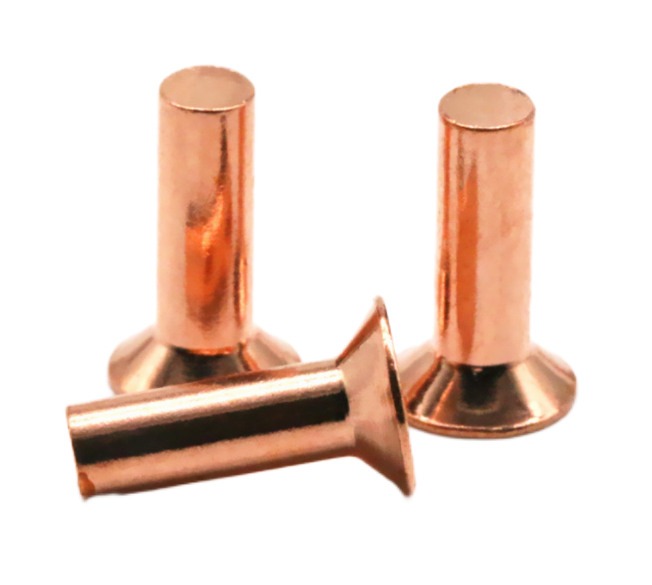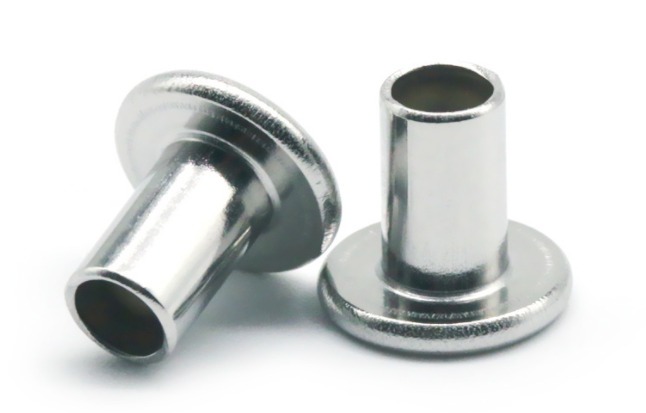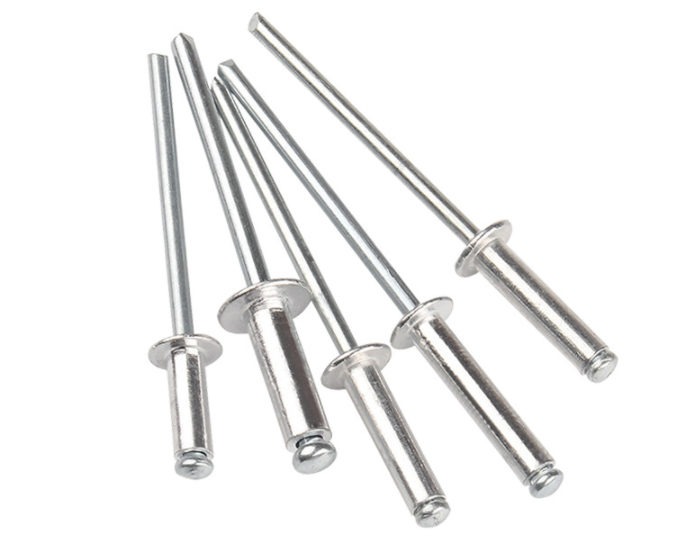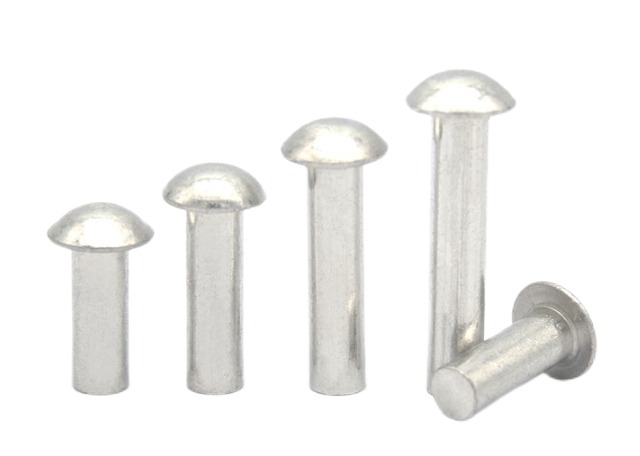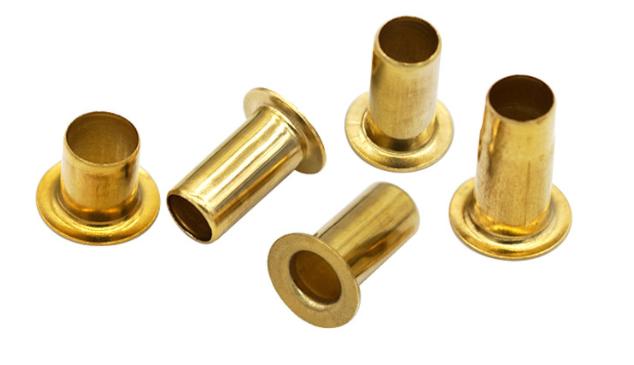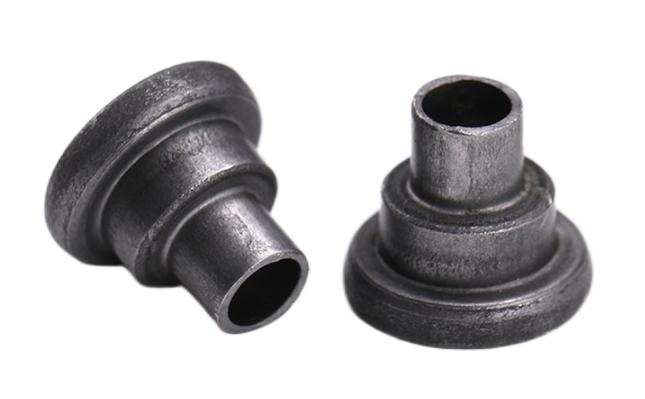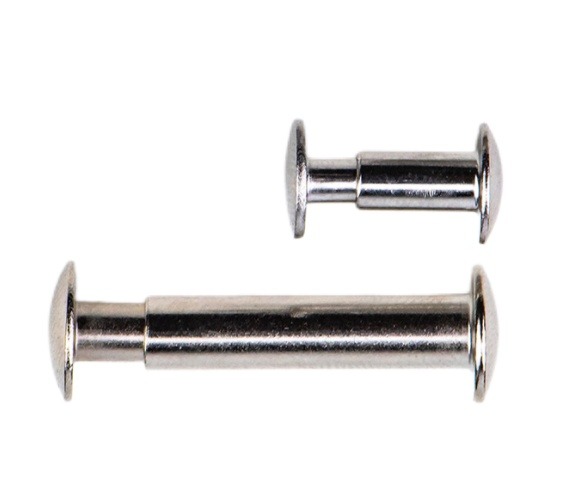What are Rivets: Everything You Need to Know
A rivet is a mechanical fastener used to join two or more materials together. It is composed of a head on one end and a cylindrical stem on the other. The stem is inserted through a hole in the materials to be joined, and then the head is deformed to form a second head on the other side of the hole. This creates a permanent, secure joint that can withstand a great deal of stress. In this article, we’ll delve into the world of rivets, exploring what they are, how they work, the different types of rivets, their materials, and some of their key applications.
How Do Rivets Work?
Rivets work by deforming the stem of the rivet to form a second head on the other side of the hole. This creates a wedge that presses the two materials together and prevents them from separating. The amount of force required to deform the stem of the rivet depends on the size and material of the rivet, as well as the thickness of the materials being joined.
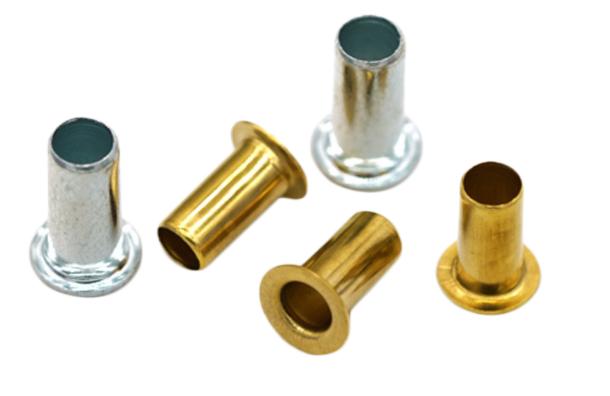
Different Types of Rivets
There are many different types of rivets, each with its own advantages and disadvantages. Some of the most common types of rivets include:
- Solid rivets: Solid rivets are the most common type of rivet. They are made from a solid rod of metal, with a head on one end and a tail on the other. Solid rivets can be installed by hand or machine.
- Blind rivets: Blind rivets, also known as pop rivets, are also a common type of rivet. They are made from a hollow rod of metal, with a head on one end and a tail on the other. Blind rivets can be installed by hand or machine, and they are especially useful for projects that need to be installed from one side.
- Hollow rivets: Hollow rivets are made from a hollow rod of metal, with a head on one end and a tail on the other. Hollow rivets can be installed by hand or machine, and they are especially useful for projects that need to be installed from one side and that require wires or pipes to be passed through the center of the rivet.
- Split rivets: Split rivets, also known as field rivets, are made from a hollow rod of metal, with a head on one end and a tail on the other. Split rivets can be installed by hand, and they are especially useful for projects that need to be installed from one side and that require a quick and easy installation.
- Flush rivets: Flush rivets, also known as countersunk rivets, have a head that is flush with the surface of the materials being joined. Flush rivets can be installed by hand or machine, and they are especially useful for projects that require a smooth, finished surface.
- Self-piercing rivets: Self-piercing rivets have a sharp point on the end of the stem. This point allows the rivet to be installed through the materials being joined without the need for a pre-drilled hole. Self-piercing rivets can be installed by hand or machine, and they are especially useful for projects that need to be installed quickly and easily.
- Friction lock rivets: Friction lock rivets have a groove in the head. This groove creates friction that helps to lock the rivet in place. Friction lock rivets can be installed by hand or machine, and they are especially useful for projects that require a high degree of security.
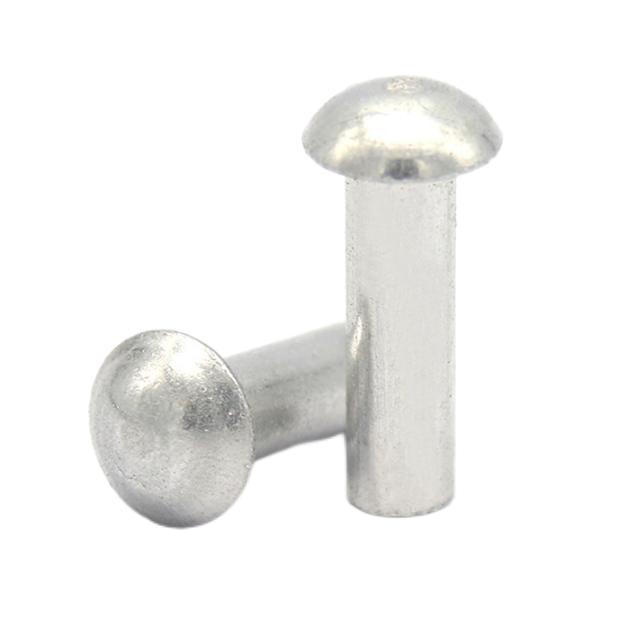
Materials Used for Rivets
The material of a rivet is important for determining its strength, durability, and corrosion resistance. Some of the most common rivet materials include:
- Steel: Steel rivets are the most common type of rivet material. They are very strong and can withstand a great deal of stress. Steel rivets are often used in applications where strength and durability are critical, such as in the automotive, aerospace, and construction industries.
- Aluminum: Aluminum rivets are lighter than steel rivets, but they are not as strong. Aluminum rivets are often used in applications where weight is a major consideration, such as in aircraft and racing cars.
- Stainless steel: Stainless steel rivets are corrosion resistant and are often used in applications where the rivets will be exposed to moisture or chemicals. Stainless steel rivets are often used in the food processing, chemical, and marine industries.
- Bronze: Bronze rivets have an attractive appearance and are often used in decorative applications. Bronze rivets are also used in some industrial applications where corrosion resistance is important.
- Plastic: Plastic rivets are lightweight and cost-effective and are often used in applications where strength and durability are not critical. Plastic rivets are often used in the packaging, furniture, and toy industries.
Some Applications of Rivets
Rivets are used in a variety of applications, including:
- Automotive: Rivets are used to connect various parts of automobiles, including the body, hood, and doors. Rivets are also used to attach tires to rims.
- Aerospace: Rivets are used to connect various parts of aircraft, including the wings, fuselage, and tail. Rivets are also used to attach rocket engines to the spacecraft.
- Construction: Rivets are used to connect various parts of buildings, including walls, roofs, and floors. Rivets are also used to attach steel beams to concrete.
- Furniture: Rivets are used to connect various parts of furniture, including frames, seats, and armrests. Rivets are also used to attach decorative panels to furniture.
- Clothing: Rivets are used to connect various parts of clothing, including jackets, pants, and shoes. Rivets are also used to decorate clothing.
- Marine: Rivets are used to connect various parts of boats and ships, including the hull, deck, and superstructure.
- Electronics: Rivets are used to connect various components in electronic devices, such as circuit boards and housings.
- Medical: Rivets are used to connect various parts of medical devices, such as surgical instruments and prosthetic limbs.
- Packaging: Rivets are used to connect various parts of packaging materials, such as cardboard boxes and plastic containers.
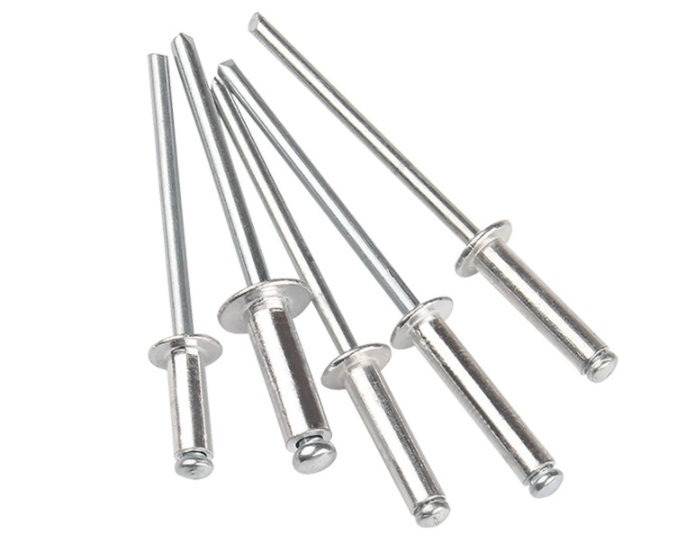
Conclusion
In conclusion, rivets are versatile and reliable fasteners that can be used in a wide variety of applications. They are strong, durable, and corrosion-resistant, making them a valuable tool for many industries. When choosing rivets for a particular application, it is important to consider the material, size, and type of rivet that is best suited for the job. It is also important to use the correct tools and techniques when installing rivets to ensure a secure and lasting joint.

